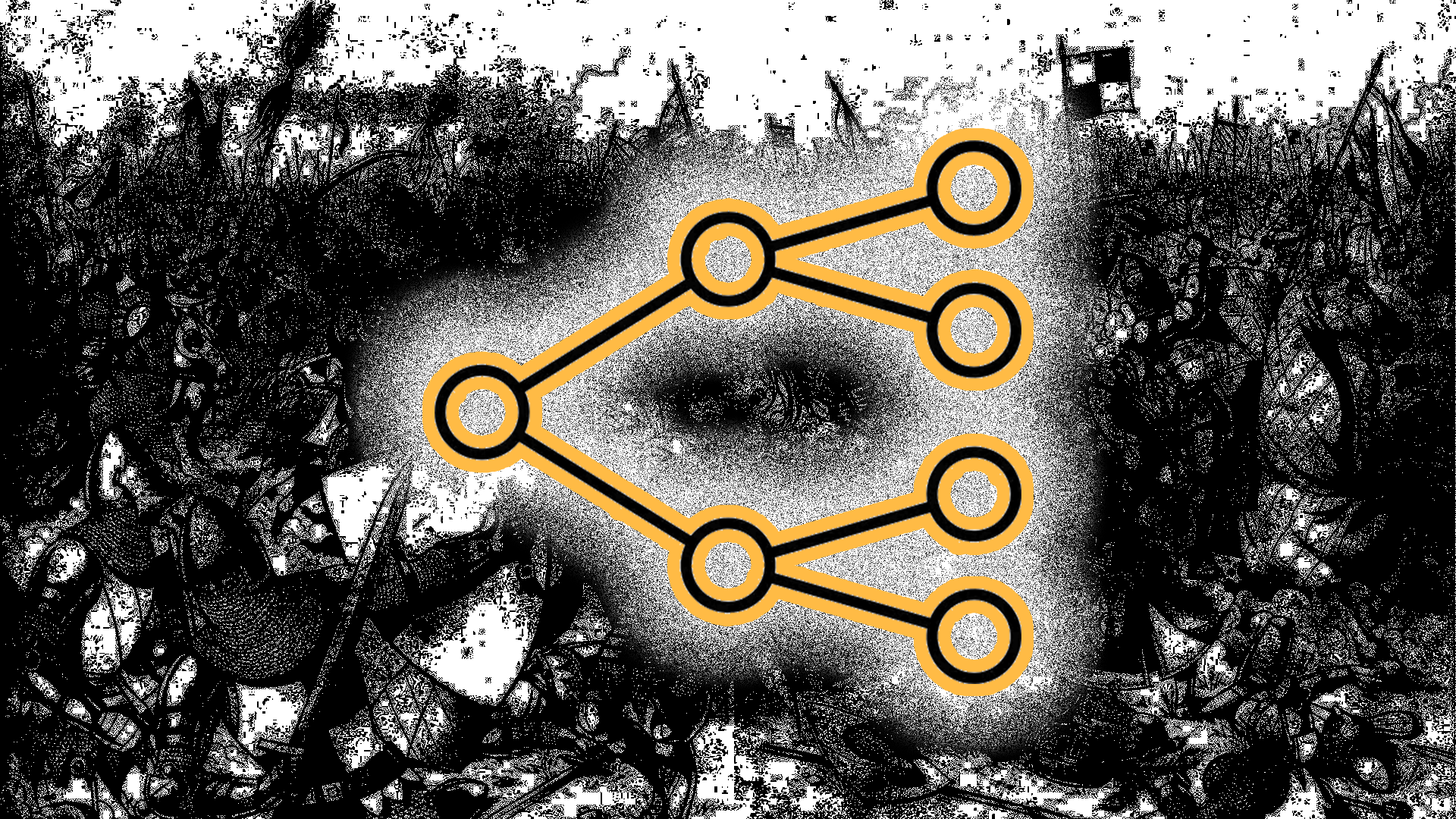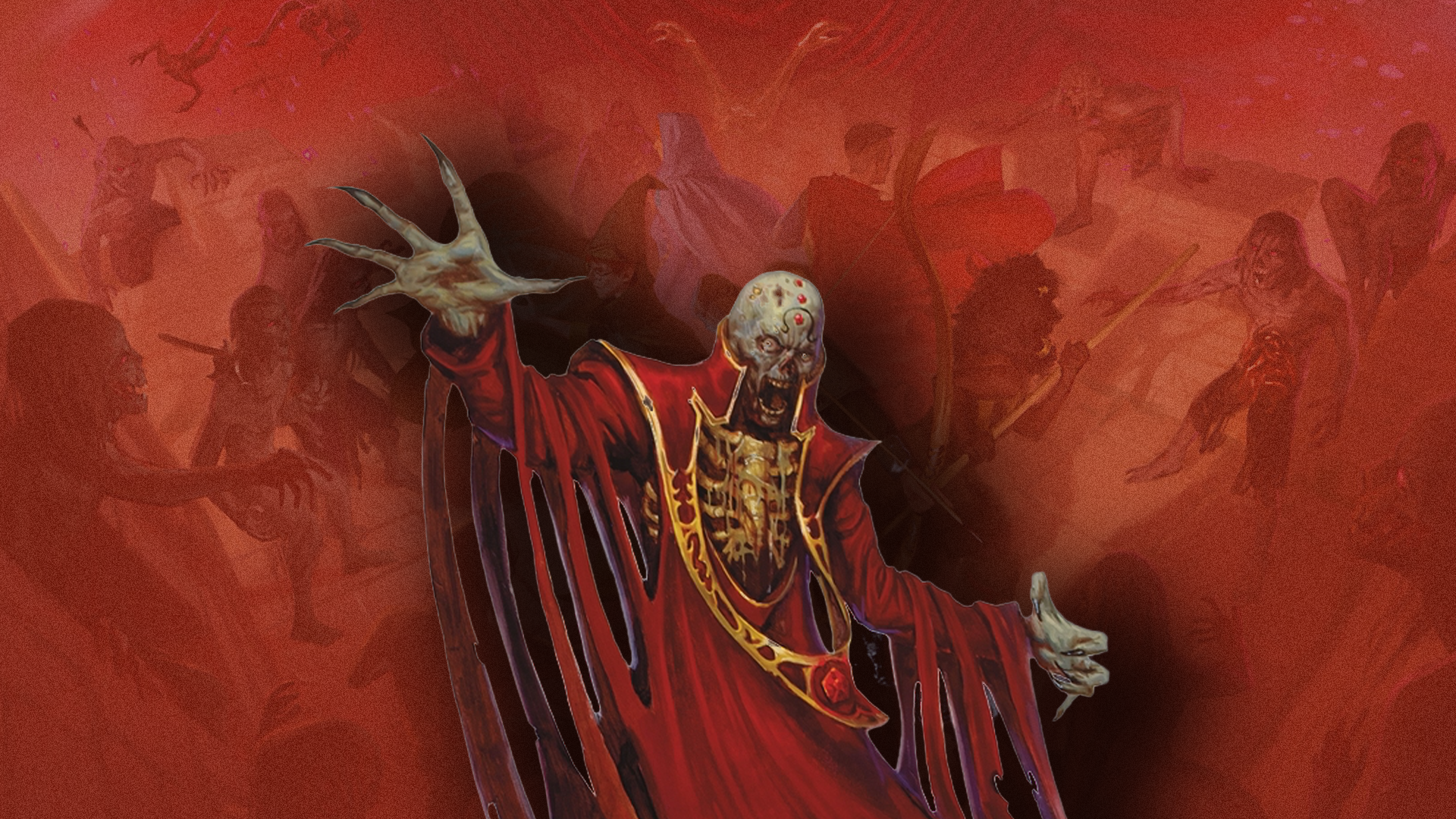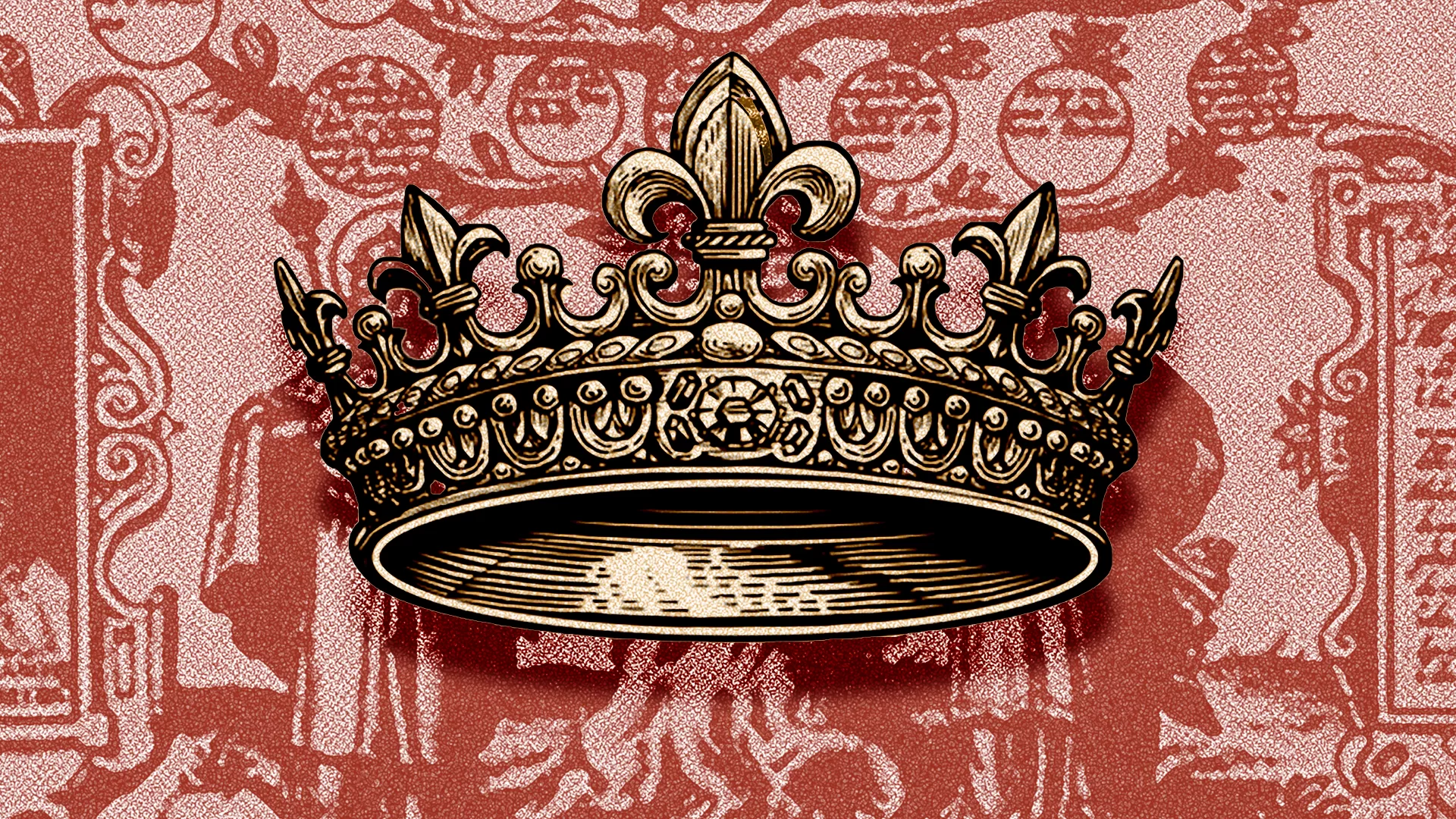
What happens when a colleague suddenly goes missing?
David Allen Trampier, better known as D. A. Trampier or DAT, was an artist who did famous works such as the cover of the 1978 Advanced D&D cover, the smoking wizard logo, and the well-known The Face of the Great Green Devil. Artists like him have been consequential to the legacy and continued success of Dungeons and Dragons. They helped breathe life into the heroes and forces of evil we ran into during our adventures. This was the case for Trampier, until one day, he simply disappeared.
If you want to see the article that inspired this one, I’d recommend reading A Devil Has Been Lurking in The Background of D&D Since 1E from a couple of weeks ago.
Who is DAT?
David A. Trampier was born in St. Louis, Missouri (where 1/2 of Knight’s Digest resides) on April 25th, 1954, and would begin his career with Tactical Studies Rules Incorporated (TSR, Inc.) starting in the late 1970s.
When TSR went on to publish the Monster Manual in 1977, Trampier established a creative grip within the company by contributing illustrations for the supplement. His work, among other notable artists and writers of the early days of TSR, would receive major acclamations and push the company to grow and expand its works.
Halt!
Take A Moment and Support Knight’s Digest!
Adventurers, if you’ve enjoyed the content we’ve worked so hard to create, we humbly ask for your support. Running Knight’s Digest takes countless hours of dedication, creativity, and passion, and we’d love your help to keep our dungeon full of treasure (and coffee).
If you think we’ve earned it, consider donating to help us continue crafting the stories, resources, and ideas you love.
Make a one-time donation
Make a monthly donation
Make a yearly donation
Choose an amount
Or enter a custom amount
Your contribution is appreciated.
Your contribution is appreciated.
Your contribution is appreciated.
DonateDonate monthlyDonate yearlyClaim to Fame
When the company expanded its edition to the Advanced Dungeons and Dragons Players Handbook, they hired Tramp to illustrate the cover of the book. Since its release, it has been captivating audiences ever since and inspiring players even through the 5th edition.
The cover features a group of adventures in front of a demonic-looking statue. Some of the adventurers are looking at maps, a fighter seems to be cleaning his sword, and a wizard-like is looking at a dead amphibian creature as if it was sacrificed to this demonic statue in a ceremony.
But one of the first things that your eye is drawn to is the two rogues seeming like they are trying to pry the eye out of this statue to pocket it for themselves. Everything in this picture just screams a dungeon-delving adventure. The party, the loot grab, and the warm firely glow that sets the scene. David Allen Trampier knew what he was doing and the people knew it.
There were several other projects that David. A. Trampier worked on. This includes the wargame coined Titan, where players control an army of fantasmal creatures that is led by a Titan. Other notable works included an award-winning Dungeon Master’s Screen in 1979, and various cover arts for supplementary adventures.

Wormy
The same year that the AD&D Monster Manual was revealed, Dragon Magazine issue #9 was released and they featured a new comic series that went by the name Wormy. The main protagonist of the series was a talking dragon that held the same name as the comic strip. That wasn’t all, the comic would feature a wide array of casts of goblins, ogres, and other notable characters. It was said that the comic “showed the “monsters” as beings with a rich social life, pursuing the means of peace and happiness in their corner of their world.” This endeavor also proved to be successful as it continued to be issued in the magazine for 10 more years, until 1988 when the creator one day vanished with the series being left on a cliffhanger.
The Disappearance of David Allen Trampier
The truth is, no one knows exactly why Trampier decided to one day leave society and become a recluse. Although, we do have theories and speculation, which is almost as good.
As mentioned previously, David A. Trampier wrote Wormy for Dragon Magazine for nearly 10 years. Meaning that he received checks for compensation for the work that he completed for the magazine. Phil Fogilo, a fellow Dungeons and Dragons art comic, spoke with Kim Mohan (a writer for Dungeons and Dragons) to ask what happened. He simply replied that “When an artist’s checks are returned uncashed, he is presumed dead“.
Rumors Amock
Since the day of his disappearance, there was no shortage of rumors at hand. With many in the industry calling Tramp the real-life example of an X-File. People weren’t sure if he was living in his car in Canada, or if he had been thrown in a prison somewhere and the key was fed to one of the legendary monsters from the books he’d illustrated.
One lead that a lot of people have pointed out is that there was a lot of tension between Trampier and TSR Inc. Someone who did their own investigation called up a well-known calm and friendly person who worked at TSR and quoted them saying
“I will never work with him again“, when asked whatever happened to the artist.
Perhaps the Wormy comics, which had been known to explore themes of race, immoral imprisonment, and other political leanings, had gotten too controversial and caused them to give Trampier an ultimatum. Cut back on the opinions or get lost?
Either way, D. A. Trampier had the last word because he made sure that no one, including TSR, could obtain the rights to his work. That is why you don’t see any official reprinting of his work, you can’t buy the rights from someone who is missing off the face of the earth. This was until one man decided to write an article on a random taxi driver.
The Reappearance of D. A. Trampier
Arin Thompson was a student journalist who attended Southern Illinois University. He decided in February of 2002 that he was going to do an article on the Yellow Taxi company and do a night-shift ride-along in Carbondale, Illinois with one of the local drivers. That taxi driver? It was David.
David had told the young journalist that he had moved to Carbondale eight months previously and enjoyed driving in Carbondale, stating that it fits his personality. The article goes on to discuss religious disputes, ride fairs, and stupid drivers. Reading it nearly gave me goosebumps knowing who D. A. Trampier is. A living legend who had traded his past life to drive yellow cabs. What must’ve been going on with his life back in the late 80’s must’ve really compelled him to start over.

Word Gets Out
After the publication in The Daily Egyptian, word would spread that DAT was alive and living in Illinois. This led several different companies and private individuals to reach out to inquire about some commission work. A giant in Dungeons and Dragons art had returned to the scene, and people wanted to cash in.
A fellow comic artist named Jolly Blackburn wanted to contact Trampier about compiling a collection of Wormy strips but he replied with a “no thanks” and a “lose my number”. A lot of people were reaching out to the rediscovered artist, and he was becoming fed up with all the phone calls. Trampier, for unknown reasons, had severed his ties with the gaming industry and he was determined to keep it so.
This seemed to even extend to his family, where Trampier’s brother-in-law believed that he simply existed somewhere within Illinois and believed that he was doing good, but didn’t have a way to contact him. The last notable public interaction was in 2008 when he saw that Valley Games had published his Titan board game.
Death of a Giant
Although David A. Trampier wanted to stay out of the limelight, there was still some information that came out about the Dungeon and Dragons art giant.
Towards the end of 2013, the Yellow Taxi Company started to lose more and more money. The once monopoly held by the company was being dwindled by ride-sharing apps like Uber and Lyft. When the company was starting to shut its business down, people like Trampier would go on to lose his job, causing him to be strapped for cash.
This financial strain that DAT found himself in was worsened by several medical conditions. He had suffered a mild stroke and had recently discovered that he developed cancer. This left him to turn to buyers.
Trampier turned to Scott Thorne, the owner of a gaming publisher, offering to sell a small collection of original pieces of artwork. Including the 1979 Dungeon Master’s screen that had won several notable awards. After accepting the offer, they purchased the pieces and told him that he should reconsider selling his Wormy comics so that they could be republished.
An interesting point to mention was that Trampier was very suspicious of the idea, and worried that TSR would have part of the publication process. It was to his surprise when he found out that TSR had been taken over by Wizards of the Coast almost 20 years ago at that point. Signifying that Trampier had severed even himself from the world of gaming.
However, things seemed to have started turning around for the artist, as he had accepted an invitation to display some of his original artwork at Egypt Wars, a local gaming convention. This was going to be Trampiers first official public appearance in 25 years.
Tragically, Trampier died suddenly on March 24th at Helia Healthcare Center. David Allen Trampier died at the age of 59, three weeks before the convention.
Dungeons and Dragons Art- A Legacy
David A. Trampier was an influential figure in fantasy art and illustration, primarily known for his contributions to the early editions of the iconic role-playing game, Dungeons & Dragons. Born on July 27, 1954, Trampier’s artistic talent and unique style left an undeniable mark on the gaming community during the formative years of the hobby.
Trampier’s distinctive style combined intricate detail with a sense of dynamism, breathing life into the fantastical realms of Dungeons & Dragons. His illustrations not only adorned rulebooks but also inspired countless players to embark on epic adventures within the game’s imaginative worlds.

In 2014, Scott Taylor said this about the Artist “Trampier, for all his mystery, was the bridge, but now he is gone, and a chasm is forever left behind that no one can again traverse in hopes of finding visual adventures beyond our wildest dreams“. I couldn’t agree more with the sentiments. He was a major influence on the branding of early TSR and without him, who knows where the company would be at today.
One thing is for sure, it would be a lot less fantasmal without his contribution, godspeed DAT, and thank you for your amazing dungeons and dragons art.


Total Party Kill Productions
Delve into the Dungeon
Step into the world of adventure with these Dungeon Delver Club shirts—the depths are calling, answer the call!
Resources
- https://en.wikipedia.org/wiki/David_A._Trampier
- https://en.wikipedia.org/wiki/TSR,_Inc.
- https://rpggeek.com/thread/3051708/short-version-monster-manual-was-great-book-its-ti
- https://en.wikipedia.org/wiki/Monster_Manual
- https://en.wikipedia.org/wiki/Wormy_(comic_strip)
- https://web.archive.org/web/19990202052243/http://home.earthlink.net/~yamara/wormy.html
- http://www.tomwham.com/gangster.html
- https://en.wikipedia.org/wiki/Yellow_Cab_Company
*This post contains affiliate links. This means I may earn a commission should you choose to sign up for a program or make a purchase using my link.










Leave a Reply